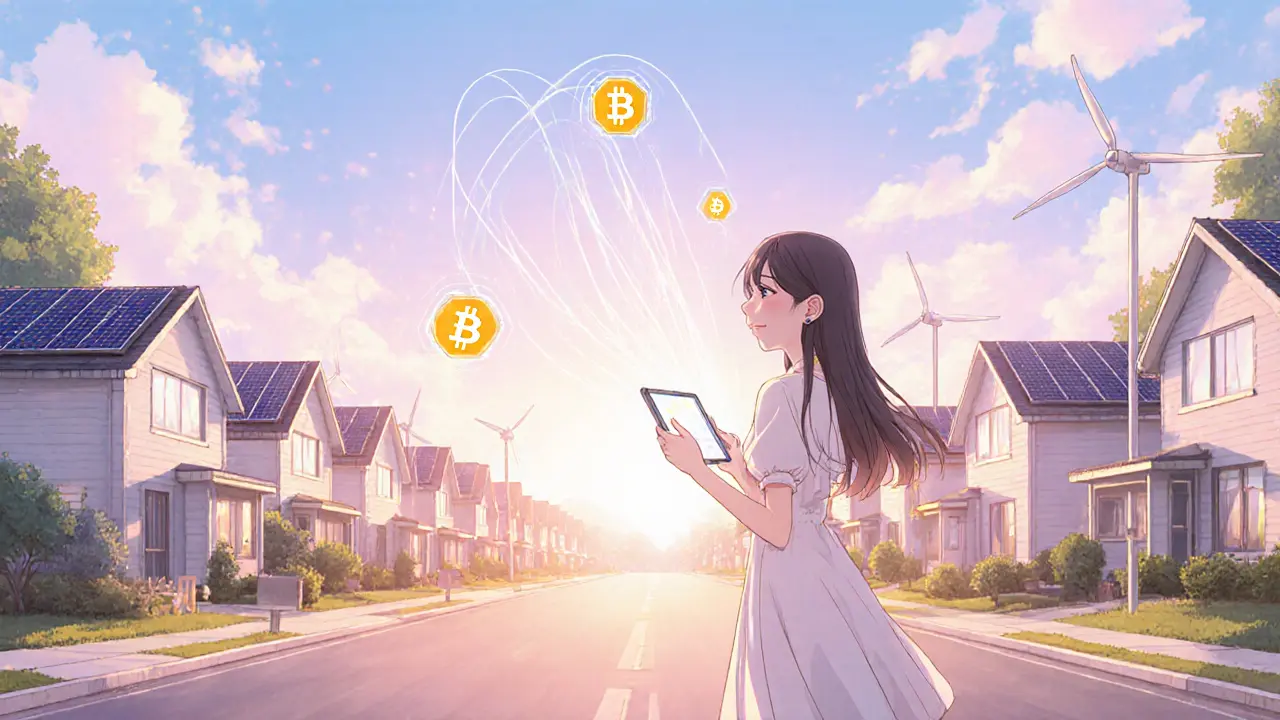Decentralized Energy Markets: The Future of Power Trading
When exploring decentralized energy markets, systems that let producers and consumers trade electricity directly using digital ledgers. Also known as P2P energy platforms, they aim to cut middlemen, lower costs, and boost clean power adoption. This space blends finance, tech, and energy in a way that feels fresh yet familiar.
At the heart of the system sits blockchain, a distributed ledger that records every kilowatt‑hour swap transparently. By replacing paper contracts with immutable records, blockchain makes it easy to verify who generated power, who bought it, and at what price. Decentralized energy markets need this trust layer to operate without a central utility.
Layered on top of the ledger are smart contracts, self‑executing code that triggers payments once energy delivery conditions are met. These contracts automate settlement, enforce pricing rules, and even embed penalty clauses for outages. In practice, a smart contract will release tokens to a solar homeowner the moment a meter confirms 5 kWh have been sent to the grid.
How Peer‑to‑Peer Trading Works
Peer‑to‑peer (P2P) energy trading lets a rooftop solar owner sell excess power directly to a neighbor who needs it, bypassing the utility’s wholesale market. The process typically follows three steps: (1) the producer lists available energy on a platform, (2) a consumer matches the offer, and (3) a smart contract settles the trade in real time. This model fuels local resilience, encourages more renewable installations, and can shave dollars off monthly bills.
To make P2P trades tangible, many platforms issue renewable energy tokens, digital assets that represent a specific amount of clean electricity. Tokens can be bought, sold, or held as proof of green consumption. Because each token is traceable on the blockchain, regulators and auditors can verify that claimed renewable energy actually flowed.
Tokenomics matters. A well‑designed token includes incentives for both producers and consumers: producers earn higher yields during peak demand, and consumers receive discounts for shifting usage to off‑peak periods. The scarcity of tokens—linked to real‑world generation limits—helps maintain price stability and prevents over‑issuance.
Microgrids amplify these benefits. A community microgrid bundles several households, storage batteries, and even electric vehicle chargers under a shared blockchain hub. Internet‑of‑Things (IoT) sensors feed real‑time data into smart contracts, ensuring that every transaction reflects actual grid conditions. The result is a self‑balancing energy ecosystem that can operate independently from the main grid if needed.
Regulators are catching up, too. Many jurisdictions now require clear audit trails for energy trades, and blockchain provides exactly that. Compliance tools that pull data directly from the ledger make it easier for platforms to meet reporting standards without extra paperwork. This alignment of technology and law smooths the path for wider adoption.
Investors are watching the space closely. Projects that combine robust tokenomics, solid hardware, and a clear regulatory strategy tend to attract capital faster. As more utilities experiment with hybrid models—mixing traditional supply with blockchain‑based P2P offers—the market will likely see a surge in pilot programs and commercial deployments.
Below you’ll find a curated list of articles that dive deeper into each of these facets: from token design tricks and smart‑contract pitfalls to real‑world case studies of microgrid rollouts. Whether you’re a homeowner curious about selling solar power, a developer building the next platform, or an investor scouting opportunities, the posts ahead give practical insights you can act on right now.
How Blockchain Transforms Microgrids: Peer-to-Peer Energy Trading Explained
Explore how blockchain turns microgrids into decentralized energy markets, enabling secure peer‑to‑peer trading, smart contracts, and greener power management.
